Achieving giant Rashba splitting in transition metal oxide surface states
Expositor: Veronika Sunko – Max Planck Institute for Chemical Physics of Solids (Dresden, Alemania).
Fecha: Martes 12/12/2017 15.00 hs ¡¡¡HORARIO EXTRAORDINARIO!!!
The ability of electronic states to become spin-split, i.e. lose their spin degeneracy, at surfaces and interfaces has recently attracted a lot of attention. This is in part because of the hope that this property can be used to create a new type of electronics, using both spin and charge of the electrons, but also because such spin-splitting can lead to new groundstates of fundamental interest. It is thus desirable to maximise this effect, and increase the energy difference between states of opposite spin. Based on the large majority of existing experimental evidence gathered to date, this energy scale is a relatively small fraction of the bare spin-orbit coupling scale of the atoms involved. We have however shown that this need not be the case. Using modern synchrotron based spin and angle resolved photoemission to image spin-split states on the surfaces of delafossite oxides PdCoO2, PtCoO2 and PdRhO2, we have observed spin-splitting of the size of the full atomic spin-orbit coupling of the relevant atoms. Comparing these experimental results, theory, and minimal tight binding models we were able to understand how this arises as a consequence of the relative size of the two relevant energy scales, spin-orbit coupling and inversion symmetry breaking. What is more, we show how certain structural configurations may aid the creation of such states, an insight relevant for design of new materials.

